#philip james de loutherbourg
Text
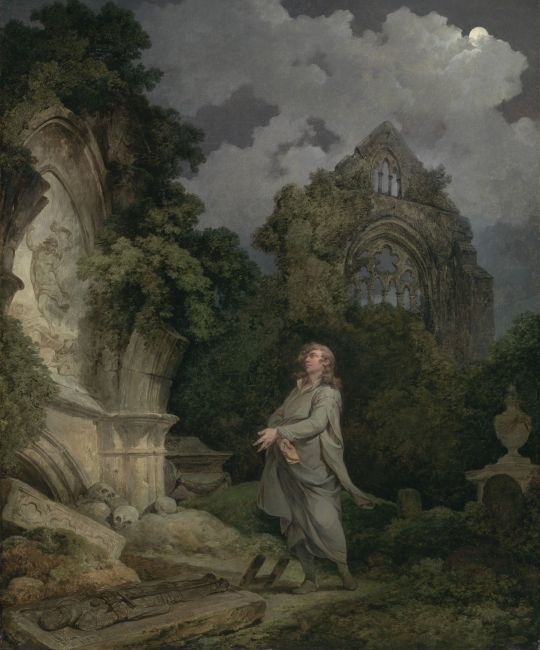
A Philosopher in a Moonlit Churchyard (aka Visitor to a Moonlit Churchyard), Philippe-Jacques de Loutherbourg, 1790
#art#art history#Philippe-Jacques de Loutherbourg#Philip James de Loutherbourg#genre painting#genre art#night scene#Romanticism#Romantic art#French art#Franco-British art#Alsatian art#18th century art#oil on canvas#Yale Center for British Art
475 notes
·
View notes
Text

The Destruction of Pharaoh's Army by Philip James de Loutherbourg
#philip james de loutherbourg#philippe jacques de loutherbourg#moses#art#red sea#egypt#pharaoh#army#bible#biblical#exodus#waves#storm#flood#israelites#egyptians#israelite#egyptian#book of exodus#ancient egypt#christianity#skip#clouds#sea#storms#staff#wand#mace
79 notes
·
View notes
Text

Philip James de Loutherbourg (1740-1812)
"An Avalanche in the Alps" (1803)
Oil on canvas
#paintings#art#artwork#landscape painting#swiss alps#philip james de loutherbourg#oil on canvas#fine art#mountains#avalanche#natural disasters#snow#clouds#early 1800s#early 19th century#fear#disaster
119 notes
·
View notes
Text

Philip James de Loutherbourg (British-English-French, 1740-1812)
The Flood, ca.1770-1800
Victoria and Albert Museum, London
#Philip James de Loutherbourg#the global flood#christian art#christianity#the flood#global flood#the deluge#le deluge#art#fine art#european art#classical art#europe#european#oil painting#fine arts#europa#mediterranean#british art#english art#french art#island kingdom#england#catholic#bible
95 notes
·
View notes
Text

The Vision of the White Horse
Philip James De Loutherbourg 🇩🇪 (1740-1812)
1798
#dark academia#light academia#classical#academia aesthetic#escapism#academia#books and libraries#classic literature#books#architecture#art#painting#The Vision of the White Horse#artist#painter#Philip James De Loutherbourg#german#1700s#18th century#royal core#cottage core#aesthetic#academic#artistic#mood#vibe#tumblr
32 notes
·
View notes
Text
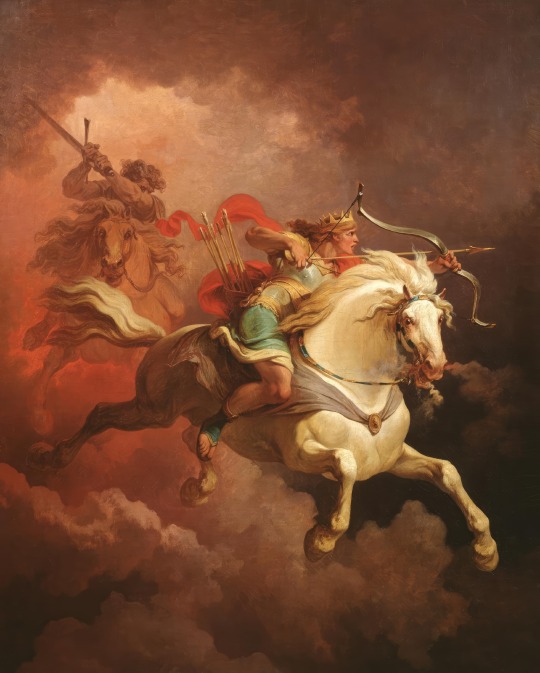
The Vision of the White Horse (Philip James de Loutherbourg, 1798)
11 notes
·
View notes
Photo

A storm with smugglers landing (1791), oil painting by Philip James de Loutherbourg, currently in the collection of the Victoria Art Gallery, Bath
Used as the cover image on the Penguin Classics edition of The Count of Monte Cristo
#other people's art#philip james de loutherbourg#the cristo account#the count of monte cristo#chapter 21#not a reblog
29 notes
·
View notes
Text
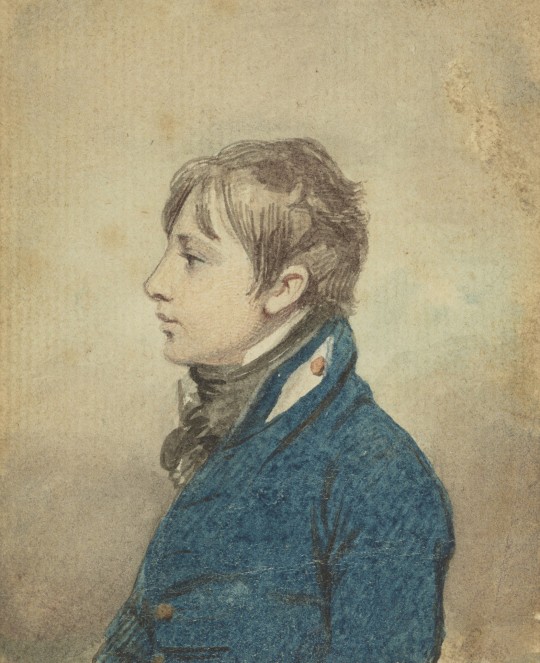
As a ship sailed into battle, there were mixed feelings among officers and men. Officers often thought about the possibilities of prize money and promotion, but one young midshipman wrote as he sailed into action at Trafalgar, ‘Should I, my dear parents, fall in defence of my king, let that thought console you. I feel not the least dread in my spirits.’
— Brian Lavery, Life in Nelson's Navy
Unidentified Midshipman (Study for The Landing of British Troops at Aboukir), by Philip James de Loutherbourg (1740-1812)
#midshipman monday#midshipman#age of sail#royal navy#napoleonic wars#brian lavery#life in nelson's navy#naval history#age of fighting sail#military history#philip james de loutherbourg#portrait#dressed to kill#naval uniform#french revolutionary wars
63 notes
·
View notes
Text

The Vision of the White Horse
Philip James De Loutherbourg
4 notes
·
View notes
Photo

The Angel Binding Satan, Philip James de Loutherbourg, 1797
#the angel binding satan#Philip James de loutherbourg#de loutherbourg#1797#1790s#1700s#18th century#painting#art#angel#satan
29 notes
·
View notes
Text

A Storm with Smuggler's Landing
Philip James de Loutherbourg (1740–1812)
Victoria Art Gallery
74 notes
·
View notes
Photo

Lord Howe's action or The Glorious First of June 1794, by Philip James de Loutherbourg (1740–1812)
145 notes
·
View notes
Text
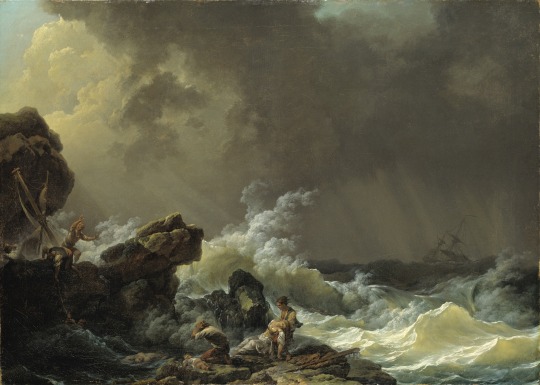
Shipwreck by Philip James de Loutherbourg
#shipwreck#art#shipwrecked#philip james de loutherbourg#storm#sea#ship#ships#sky#clouds#waves#marine#age of sail
189 notes
·
View notes
Text

The Vision of the White Horse, 1798
by Philip James De Loutherbourg
9 notes
·
View notes
Text
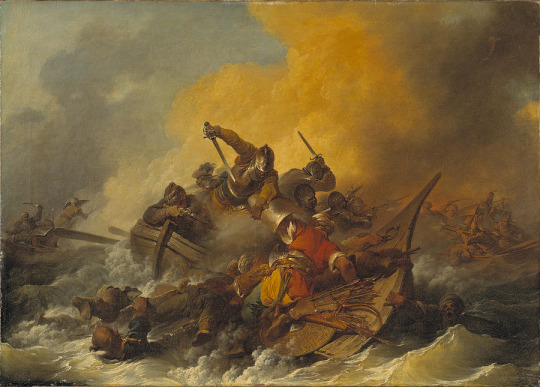
Philip James de Loutherbourg (British-English-French, 1740-1812)
Battle at Sea between Soldiers and Oriental Pirates, n.d.
#Philip James de Loutherbourg#british art#english art#french art#1700s#1800s#art#fine art#european art#europe#classical art#european#oil painting#fine arts#europa#battle at sea between soldiers and oriental pirates#chiaroscuro
30 notes
·
View notes
Text
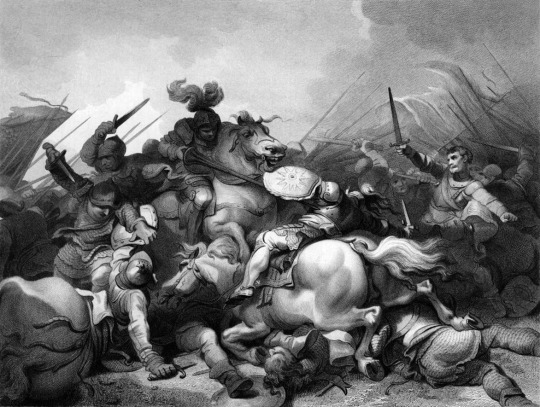
King Richard III Was Defeated and Killed at the Battle of Bosworth Field, Thus Ushering in the House of Tudor. August 22, 1485
Image: Battle of Bosworth, as depicted by Philip James de Loutherbourg (1740–1812) (Wikimedia Commons.)
On this day in history, in the last battle of the War of the Roses, King Richard III was defeated and killed at the Battle of Bosworth Field by Henry Tudor, the Earl of Richmond. After the battle, the royal crown, which Richard wore into action, was plucked out of a bush and placed on Henry's head. His crowning as King Henry VII initiated the rule of the Tudor dynasty over England, one that would last until Queen Elizabeth died in 1603.
History Daily: 365 Fascinating Happenings Volume 1 & Volume 2 - August 22, 1485
Created of dynastic conflicts within the English Houses of York and Lancaster, the Wars of the Roses began in 1455 when Richard, Duke of York, clashed with Lancasterian forces loyal to the mentally unstable King Henry VI. Fighting continued over the next five years, with both sides seeing periods of ascendancy. Following the death of Richard in 1460, the leadership of the Yorkist cause passed to his son Edward, Earl of March. A year later, with the aid of Richard Neville, Earl of Warwick, he was crowned Edward IV and secured the throne with a victory at the Battle of Towton.
When Edward IV died unexpectedly in 1483, his brother, Richard of Gloucester, assumed the position of Lord Protector for the twelve-year-old Edward V. Securing the young king in the Tower of London with his younger brother, the Duke of York, Richard approached Parliament and argued that Edward IV’s marriage to Elizabeth Woodville was invalid making the two boys illegitimate. Accepting this argument, Parliament passed the Titulus Regius, which saw Gloucester crowned as Richard III. The two boys vanished during this time. Many nobles soon opposed Richard III's reign, and in October 1483, the Duke of Buckingham led a rebellion to place the Lancastrian heir Henry Tudor, Earl of Richmond, on the throne. Thwarted by Richard III, the collapse of the uprising saw many of Buckingham's supporters join Tudor in exile in Brittany.
That Christmas, Henry announced his intention to marry the late King Edward IV's daughter, Elizabeth of York, to unite the Houses of York and Lancaster and advance his claim to the English throne. On April 16, 1485, Richard's wife, Anne Neville, died, clearing the way for him to marry Elizabeth instead.
This threatened Henry's efforts to unite his supporters with those of Edward IV, who saw Richard as a usurper. Richard's position was undercut by rumors that he had Anne killed to allow him to marry Elizabeth, which alienated some of his supporters. Eager to prevent Richard from marrying his prospective bride, Henry mustered 2,000 men and sailed from France on August 1. Landing at Milford Haven seven days later, he quickly captured Dale Castle. Moving east, Henry worked to enlarge his army and gained the support of several Welsh leaders. Alerted to Henry's landing on August 11, Richard ordered his army to muster and assemble at Leicester.
Before leaving France, Henry communicated with Thomas Stanley, Baron Stanley, and his brother Sir William Stanley to seek their support. Upon learning of the landing at Milford Haven, the Stanleys had mustered around 6,000 men and had effectively screened Henry’s advance. During this time, he continued to meet with the brothers to secure their loyalty and support. Arriving at Leicester on August 20, Richard united with John Howard, Duke of Norfolk, and Henry Percy, Duke of Northumberland.
Pressing west with around 10,000 men, they intended to block Henry’s advance. Henry, an inexperienced military leader, turned command of his army over to John de Vere, Earl of Oxford.
After exchanges of arrows, the two forces collided, and hand-to-hand combat ensued. Oxford's soldiers began to gain the upper hand by forming his men into an attacking wedge. With Norfolk under heavy pressure, Richard called for aid from Northumberland. This was not forthcoming, and the rearguard did not move. While some speculate that this was due to personal animosity between the duke and king, others argue that the terrain prevented Northumberland from reaching the fight. The situation was worsened when Norfolk was struck in the face with an arrow and killed.
With the battle raging, Henry decided to move forward with his lifeguard to meet the Stanleys. Spotting this move, Richard sought to end the fight by killing Henry. Leading forward a body of 800 cavalry, Richard skirted around the primary battle and charged after Henry's group. Richard slammed into them and killed Henry's standard bearer and several bodyguards. Seeing this, Sir William Stanley led his men into the fight to defend Henry. Surging forward, they nearly surrounded the king’s men. Pushed back towards the marsh, Richard was unhorsed and forced to fight on foot. Fighting bravely to the end, Richard was finally cut down. Learning of Richard’s death, Northumberland's men began withdrawing, and those battling Oxford fled.
Losses for the Battle of Bosworth Field are not known with any certainty though some sources indicate that the Yorkists suffered 1,000 dead, while Henry’s army lost 100. The accuracy of these numbers is a subject of debate. After the battle, legend states that Richard's crown was found in a hawthorn bush near where he died. Henry was crowned king later that day on a hill near Stoke Golding. Henry, now King Henry VII, had Richard’s body stripped and thrown over a horse to be taken to Leicester. There it was displayed for two days to prove that Richard was dead. Moving to London, Henry consolidated his hold on power, establishing the Tudor Dynasty. Following his official coronation on October 30, 1485, he pledged to marry Elizabeth of York. While Bosworth Field effectively decided the Wars of the Roses, Henry was forced to fight again two years later at the Battle of Stoke Field to defend his newly won crown.
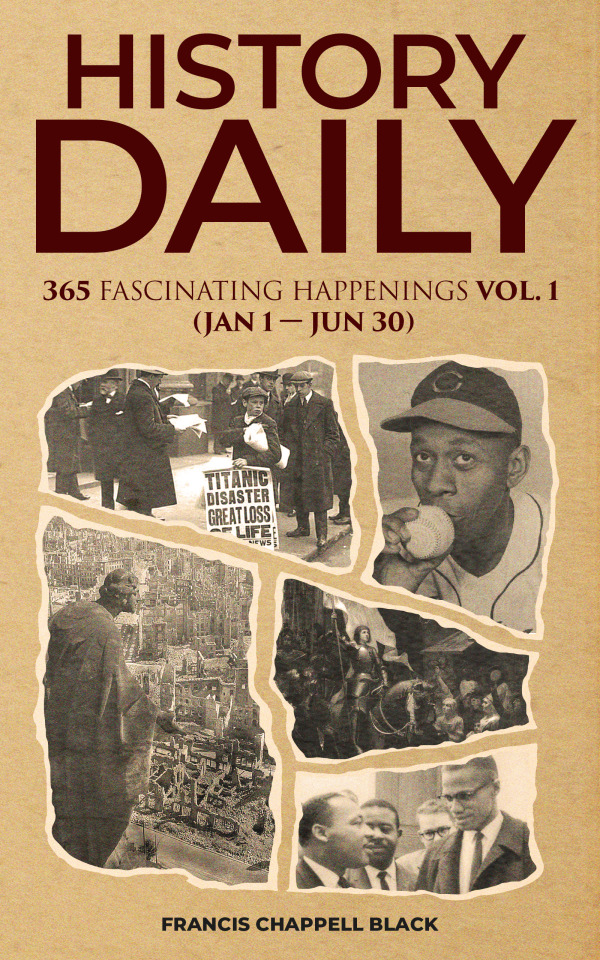
ON SALE NOW!!!
History Daily: 365 Fascinating Happenings Volume 1
In the United States:
History Daily: 365 Fascinating Happenings Volume 1: January – June: Chappell Black, Francis: 9780991855865: Amazon.com: Books
In Canada:
History Daily: 365 Fascinating Happenings Volume 1: January – June: Chappell Black, Francis: 9780991855865: Books – Amazon.ca
#history daily#1400s#War of the Roses#Henry Tudor#King Richard III#Battle of Bosworth Field#King Henry VII
0 notes